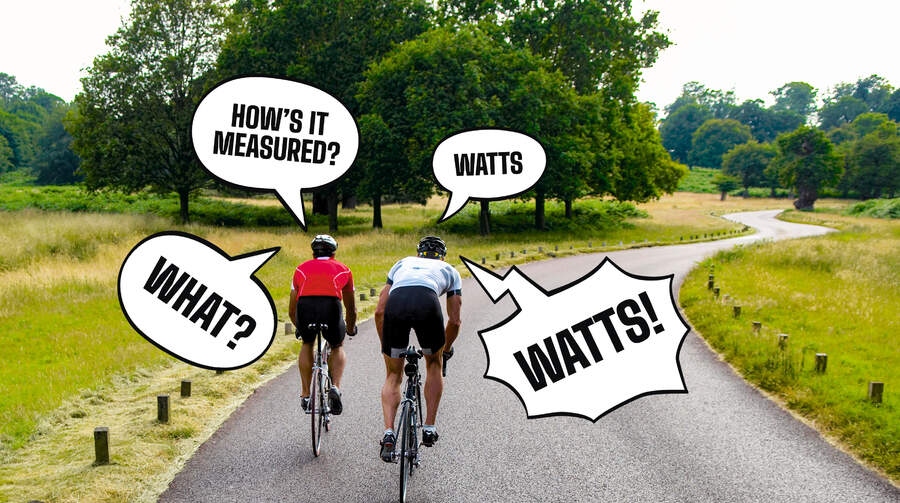'There are a lot of ways of using a wind tunnel to get the result you want': The science of PR watts
CW's columnist punctures the power-saving hyperbole

Once, long, long ago as I cruised around London’s Richmond Park, a rider had the temerity to overhaul me. He settled alongside for a moment to say hello, because it was in the days when London cyclists had not yet perfected their total indifference to each other.

l Multiple national champion on the bike and award-winning author Michael Hutchinson writes for CW every week
“What’s that on your crank, mate?” he said, pointing down. “It’s a power meter. It measures how hard I’m riding.” In the early 2000s, power meters were almost unheard of. “How does it do that?” he asked. “In watts.” “What?” “Watts.” To be quite honest, that was probably ground zero in the total indifference thing. He rode off before I was even halfway through my account of the life of James Watt.
But I wonder now if he ever remembers his first encounter with the 21st century’s universal currency of cycling. Where once cycling was a sport of many metrics – speed, weight, fitness, strength, stiffness, rolling resistance and, most importantly, the “pointiness-index” of how fast something looks – now we convert everything into watts. And thus we can judge man and machine, technique and technology in the same units. Actually going cycling is almost redundant.
Watts these days are more the measure of the machine than the man. Almost all bikes these days are sold on the basis of how many watts faster they are than some other bike.
“[It’s] 10 watts faster than the leading competitor,” was, for example, included in a recent launch press release. Being the sort of person I am, I asked what the leading competitor bike was. Or, at least what the criteria for picking it had been. Because I’m guessing the prime rationale for working out their “leading” competitor was finding the one that tested badly in the wind tunnel.
There are some other things to unpack. Let us, for the moment, accept that those 10 watts are real and not PR watts, or PRatts. What are you going to do with them, and how much are they worth to you? If I convert the watts back into something else, that might help. If you are a 75 kg rider tootling along at 250 watts on the hoods, that 10 watts will make you faster to the tune of about half a kilometre an hour. I can offer you that in time saved – it would gain you around 48 seconds an hour.
I’m not here to tell you that you could save those 10 watts by just bending your elbows a little, because I know what you’re thinking. You’re thinking you could bend your elbows AND buy a new bike, saving 96 seconds per hour.
The latest race content, interviews, features, reviews and expert buying guides, direct to your inbox!
There is another issue. There are a lot of ways of using a wind tunnel to get the result you want. That “10 watts” will be measured at a speed you can’t match, because the faster you go, the bigger the drag differentials get. And it’s probably measured at a very wide yaw angle, to simulate a howling crosswind, because the differentials are usually bigger at wider yaws as well. A few years ago a bike launch “white paper” revealed the testing was at 55 kph and 35 degrees of yaw. If you turned the bike on its side it would make an excellent hang glider.
But remember this: the notional watts saved will do more than just tell you how much faster you might go. They say a lot about you, and the lengths to which you’re prepared to go to find every watt of speed. Your friends and rivals will gaze upon your new bike and be intimidated. You can only hope they’re intimidated to the tune of 10 watts or more.

Thank you for reading 20 articles this month* Join now for unlimited access
Enjoy your first month for just £1 / $1 / €1
*Read 5 free articles per month without a subscription

Join now for unlimited access
Try first month for just £1 / $1 / €1
Michael Hutchinson is a writer, journalist and former professional cyclist. As a rider he won multiple national titles in both Britain and Ireland and competed at the World Championships and the Commonwealth Games. He was a three-time Brompton folding-bike World Champion, and once hit 73 mph riding down a hill in Wales. His Dr Hutch columns appears in every issue of Cycling Weekly magazine